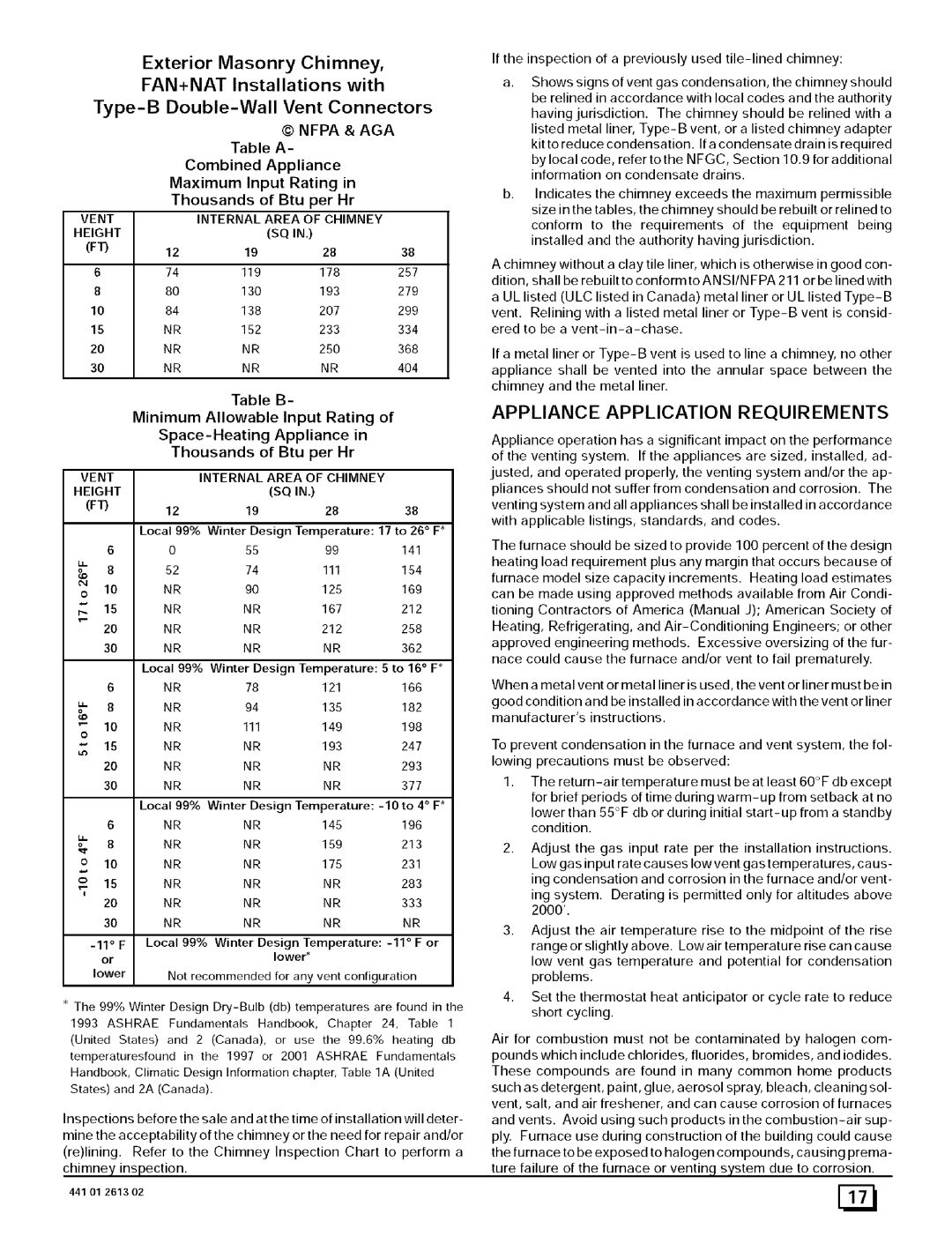8MPN125J20B1, N8MPL050B12B1, N8MPL100F20B1, 8MPN050B12B1, 8MPL075F16B1 specifications
Sears has long been recognized as a prominent name in the retail and home appliance industry, and its commitment to quality is evident in its range of products, including the N8MPN100F20B1, N8MPN100F14B1, 8MPL125J20B1, 8MPN100J20B1, and 8MPN075B12B1 models. These products combine advanced technology with user-friendly features to meet the demands of modern consumers.The N8MPN100F20B1 and N8MPN100F14B1 models are equipped with innovative energy-saving technologies that help reduce electricity consumption while maintaining optimal performance. Both units feature robust insulation and efficient compressors designed for maximum cooling efficiency. They are also designed with smart controls, allowing users to customize their experience through programmable settings and remote access capabilities, ensuring comfort and convenience.
The 8MPL125J20B1 model stands out for its multipurpose functionality. This model is known for its impressive range of capabilities, making it suitable for various applications, from cooling to heating. Equipped with advanced thermal management systems, it ensures that the temperature remains consistent and comfortable, regardless of external conditions. This versatility, combined with an easy-to-use interface, makes it a favorite among households.
The 8MPN100J20B1 offers a sleek design paired with high-performance features. Its compact size makes it ideal for urban living spaces, while its quiet operation ensures minimal disruption. The model also boasts a high energy efficiency rating, aligning with modern sustainability trends. With its intuitive controls, users can easily adjust settings to match their preferences, ensuring a personalized environment.
Lastly, the 8MPN075B12B1 model is designed for those who value efficiency without sacrificing performance. This unit provides effective cooling solutions while being lightweight and easy to install. Its durable construction and reliability make it an excellent choice for both residential and commercial applications.
Overall, the Sears range of N8MPN and 8MPN models showcases the company’s focus on integrating technology with user convenience. Each unit is designed to deliver exceptional performance, energy efficiency, and versatility, making them essential additions to any home or office. With their advanced features and characteristics, these models demonstrate Sears' commitment to innovation and consumer satisfaction, reinforcing its legacy in the appliance industry.

